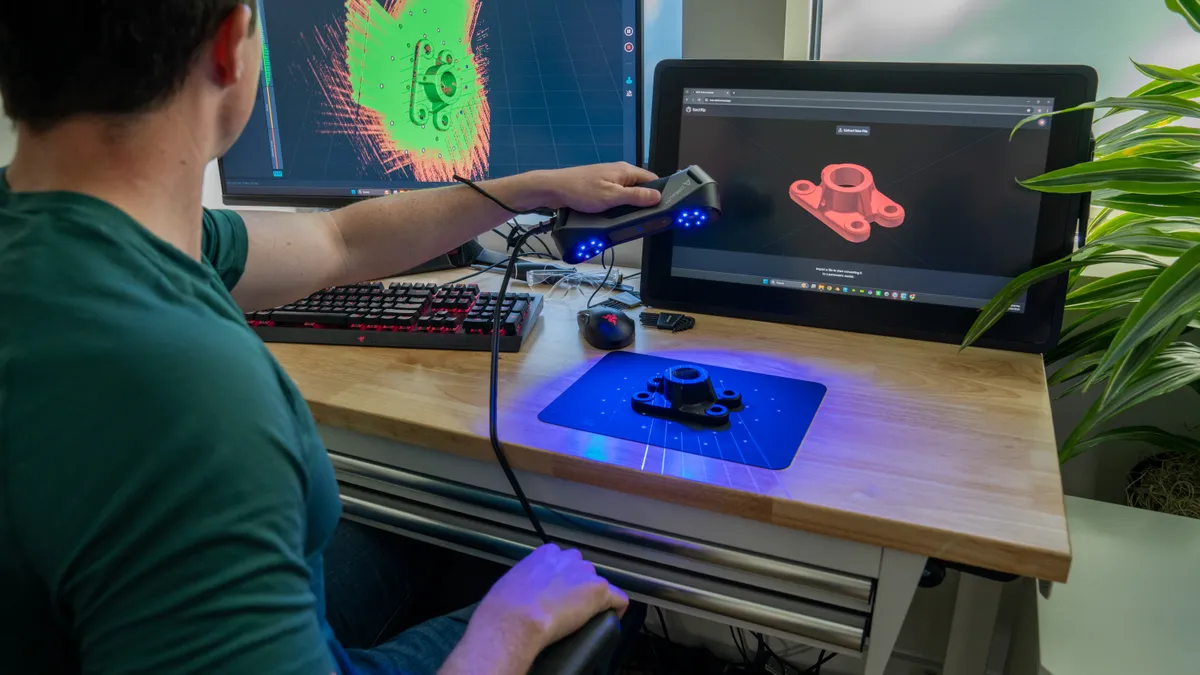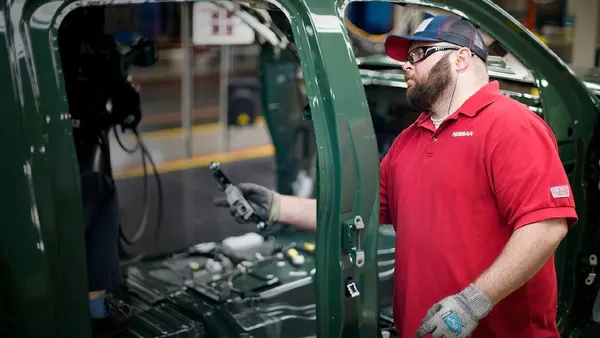When steel prices spike or a supplier misses a milestone, most manufacturers respond as if the disruption was unpredictable. When in reality, many of those risks were foreseeable, but never modeled. Cost plans remain anchored to static inputs, while variability is treated as an afterthought. It's not a supply chain issue, it’s a planning issue, and it’s one many manufacturers overlook.
But the real cost overruns rarely begin with a shipment delay. They start far earlier. They begin with the assumptions that shaped the original estimate.
For years, manufacturers have leaned on the supply chain as a scapegoat for cost overruns. Supply chain volatility isn’t new. What is new is the urgency to build estimation systems that can anticipate it, instead of just reacting to it.
Assumptions, Not Delays, Are the Root Cause
Most manufacturers still plan as if stability is the norm. Estimates are built on baseline prices, average cycle times, and best-case inputs. That might have worked in 2010. It doesn’t work now. Commodity volatility, labor shortages, and design complexity are constant variables. If these variables are not modeled, the cost risk is embedded long before sourcing or production begins.
According to Galorath, a leader in AI-driven cost estimation and forecasting, their report Why Cost Estimation in Manufacturing Demands Urgency and Innovation found that 52% of manufacturers say their initial estimates miss the mark. Just 17% are very confident in the accuracy of those estimates. That confidence gap tells us something important.
Outdated Models Are Holding Back Modern Manufacturing
The biggest risk in manufacturing today isn’t uncertainty; it’s rigidity. Teams are still building multi-million-dollar programs using spreadsheets that do not talk to procurement systems, quoting tools, or design platforms.
These are the most common planning breakdowns:
- Static pricing models that do not reflect commodity trends
- Disconnected systems between engineering, estimation, and sourcing
- Inconsistent scoping of labor, components, and materials
- Poor visibility into how early estimates shape downstream delivery
Individually, these issues might seem operational. But together, they erode margin, reduce planning agility, and increase the likelihood of cascading failures.
Why Estimation Has Become a Leadership Issue
Many senior executives view estimation as a support function rather than a core capability. Poor estimates undermine investor confidence, erode supplier relationships, and cause delays that ripple across programs.
Conversely, teams that modernize their planning approach are seeing clear gains. According to Why Cost Estimation in Manufacturing Demands Urgency and Innovation, only 4% of manufacturers have automated more than 75% of their estimation process. That leaves most teams stuck in manual rework loops that slow progress. Those that invest in real-time tools and stronger data integration are pulling ahead.
What Strong Planning Looks Like
Leading manufacturers are not reacting to volatility. They are modeling it. They are redesigning estimation as a strategic capability. This shift includes:
- Running what-if scenarios across pricing, labor, and delivery variables
- Using parametric cost modeling tied to engineering and sourcing inputs
- Feeding real-time procurement data into estimation models
- Combining historical benchmarks with AI-driven forecasts to simulate disruptions
These teams are not trying to eliminate volatility. They are absorbing it. When supplier costs increase or schedules shift, those updates are integrated and recalculated quickly. Planning becomes continuous, not episodic.
How Estimation Maturity Drives Competitive Advantage
Estimation is no longer a phase. It is an operating system for managing uncertainty. When organizations can evaluate multiple scenarios, align assumptions across teams, and model real-world constraints early, they unlock margin, speed, and trust.
Executives should not settle for spreadsheets that break under pressure or reports that lag behind reality. Instead, they should ask:
- Are we modeling variability, or assuming it away?
- Can we see the cost impact of a design change in real time?
- Are procurement, engineering, and finance all working from the same assumptions?
- Is our estimation process fast enough to inform strategic decisions?
A Roadmap for Leaders
Investing in estimation maturity does not require a wholesale system change. Start by identifying the most critical cost drivers, the teams that influence them, and the gaps in your current models. From there, pilot a modern estimation platform that supports parametric modeling, real-time data feeds, and multi-role collaboration.
Look to internal champions across procurement and engineering who understand the cost impacts of early decisions. Give them tools that support proactive planning, not just retrospective analysis. And create a feedback loop so that each estimate becomes an input to future accuracy.










